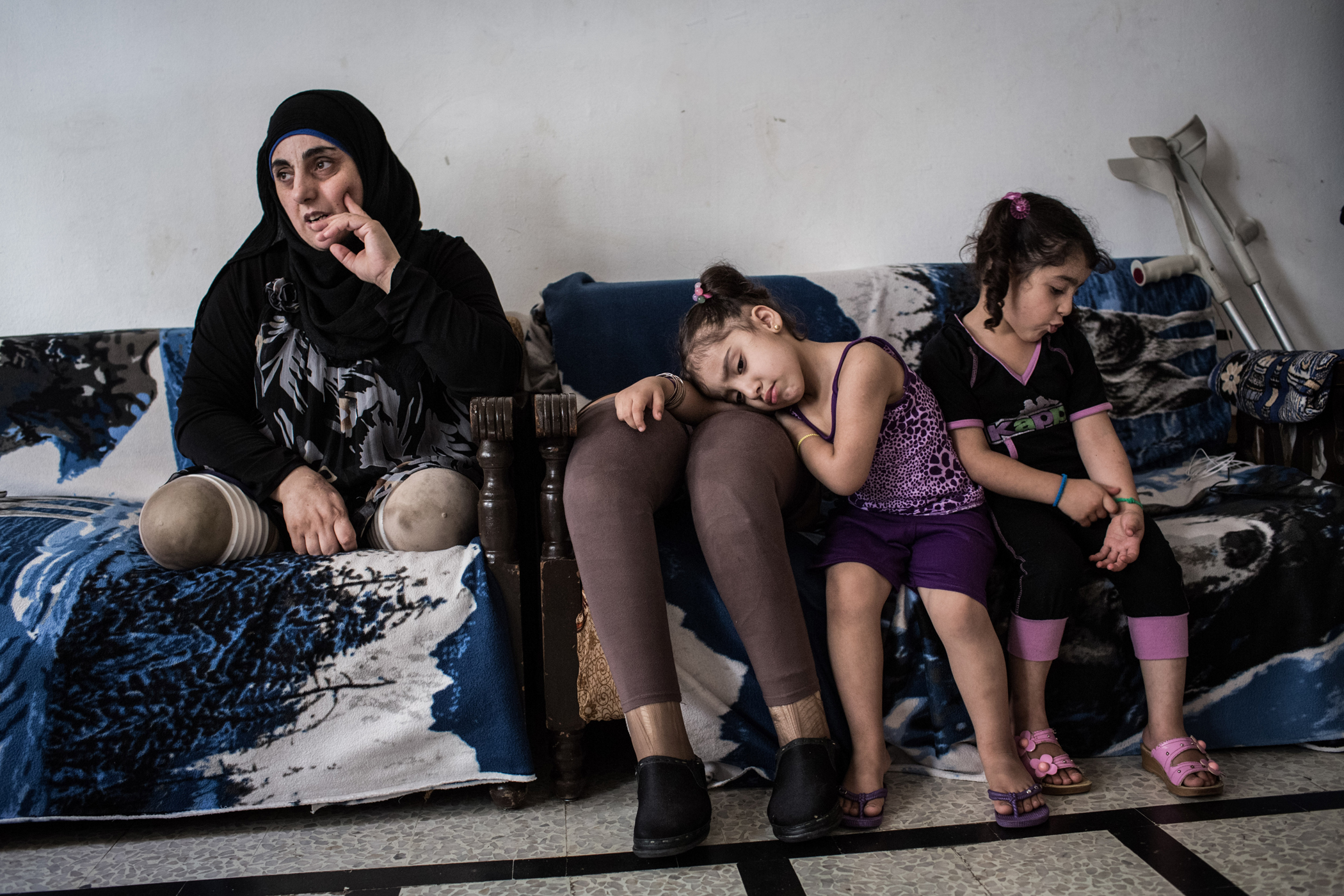
Some 200,000 people have died in Syria’s ongoing civil war—and there’s no end in sight. But it’s the impact on those who make it out alive and injured—often severely—that can sometimes be forgotten.
More than 3 million Syrians are registered as refugees outside their home country, the latest U.N. figures show. Turkey, Iraq and Jordan have all taken in hundreds of thousands of them, but nearly 1.2 million have crossed into Lebanon. According to an April report by Handicap International, one in 30 Syrian refugees in Lebanon had been injured, which means that tens of thousands of people there are carrying permanent scars from the war.
Irish photographer Andrew McConnell has been based in Beirut for about two and a half years. During that time he has frequently photographed along the Syrian border and covered the refugee crisis in Lebanon from its earliest stages, watching the numbers grow from a few thousand refugees largely hidden in society to a mass that is now equal to more than a fifth of Lebanon’s pre-war population, spread throughout urban areas and informal settlements.
Earlier this year, when McConnell was on contract working alongside UNHCR and a partner organization called the World Rehabilitation Fund, he met more than 20 refugees who were receiving rehabilitation treatment, including prosthetics.
McConnell was moved by stories from people like Fatima, a 15-year-old living at a tented settlement near Tripoli, who had been traveling with her brother and father to Homs in 2011 when a bomb fell on the road. The next thing Fatima knew, she was waking up in the hospital without her right leg. She became depressed after being provided with an ill-fitting prosthetic, but her mood lifted after receiving a better-fitting one from the WRF.
He also met 15-year-old Nawaf at a rehabilitation center in Tripoli, who was severely burned when a bomb hit his house near Hama. His uncle rushed him to a nearby field hospital but doctors had to amputate his right arm above the elbow. The boy later received a prosthetic arm and is learning a range of moments, and is slowly becoming more self-reliant. But, McConnell notes, “you just wonder what’s ahead for him, trying to cope with this new reality.”
But it was Hussein, a 10-year-old living in a collective shelter in Tripoli, with whom McConnell spent the most time. Hussein had been presumed dead after a bomb hit his home in Syria, but was found unconscious at the morgue the next day as bodies were being prepared for burial. The boy received two artificial limbs after doctors amputated both legs above the knee.
“At first, he was very apprehensive about this foreigner and having his picture taken and telling his story,” says McConnell. “He was deeply traumatized but I remember he had probably the most state-of-the-art prosthetics that I saw.” After spending more time with the boy and as Hussein became more accustomed to his new legs, his mood changed and he opened up a bit. “I remember pacing alongside him as he learned how to walk again.”
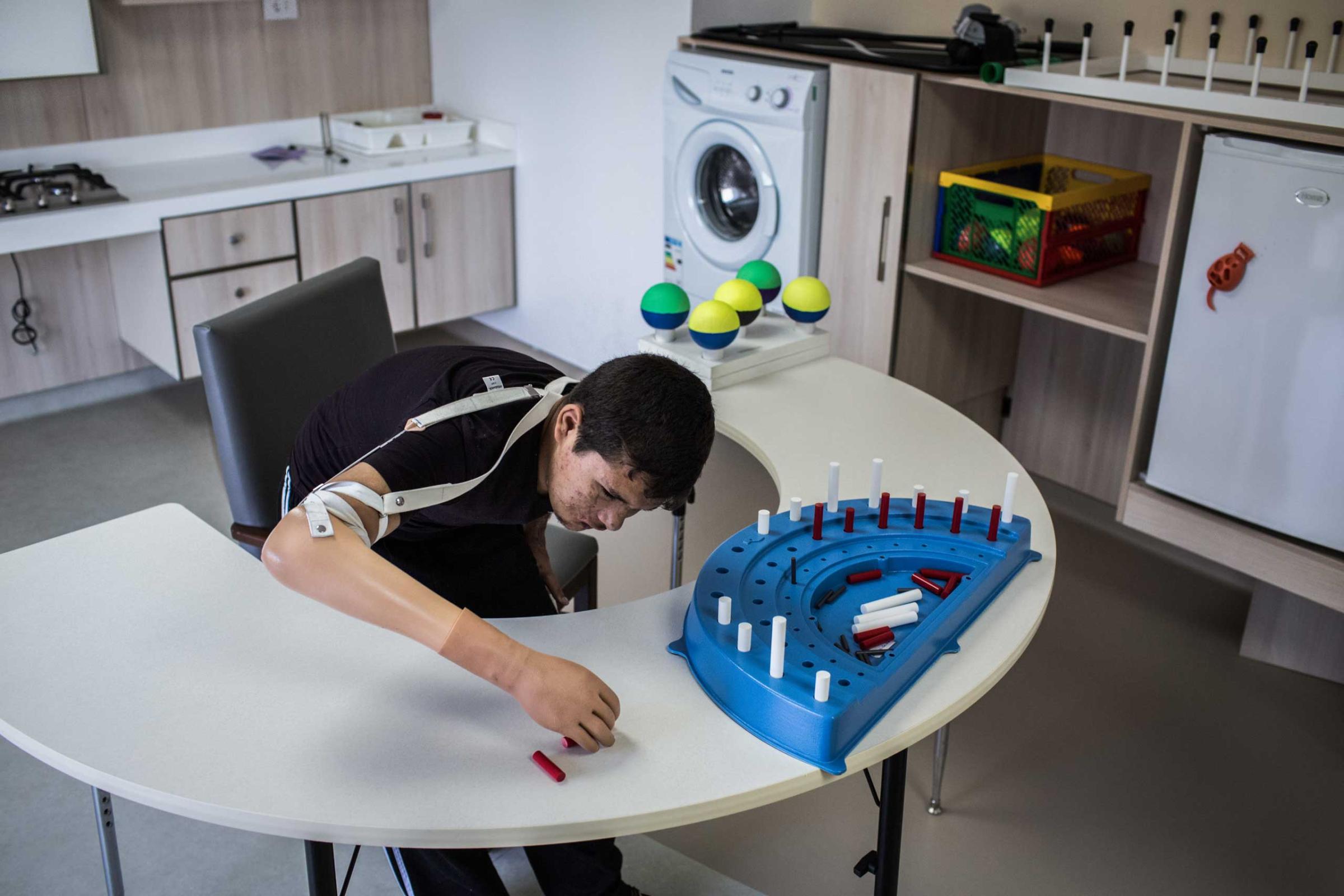
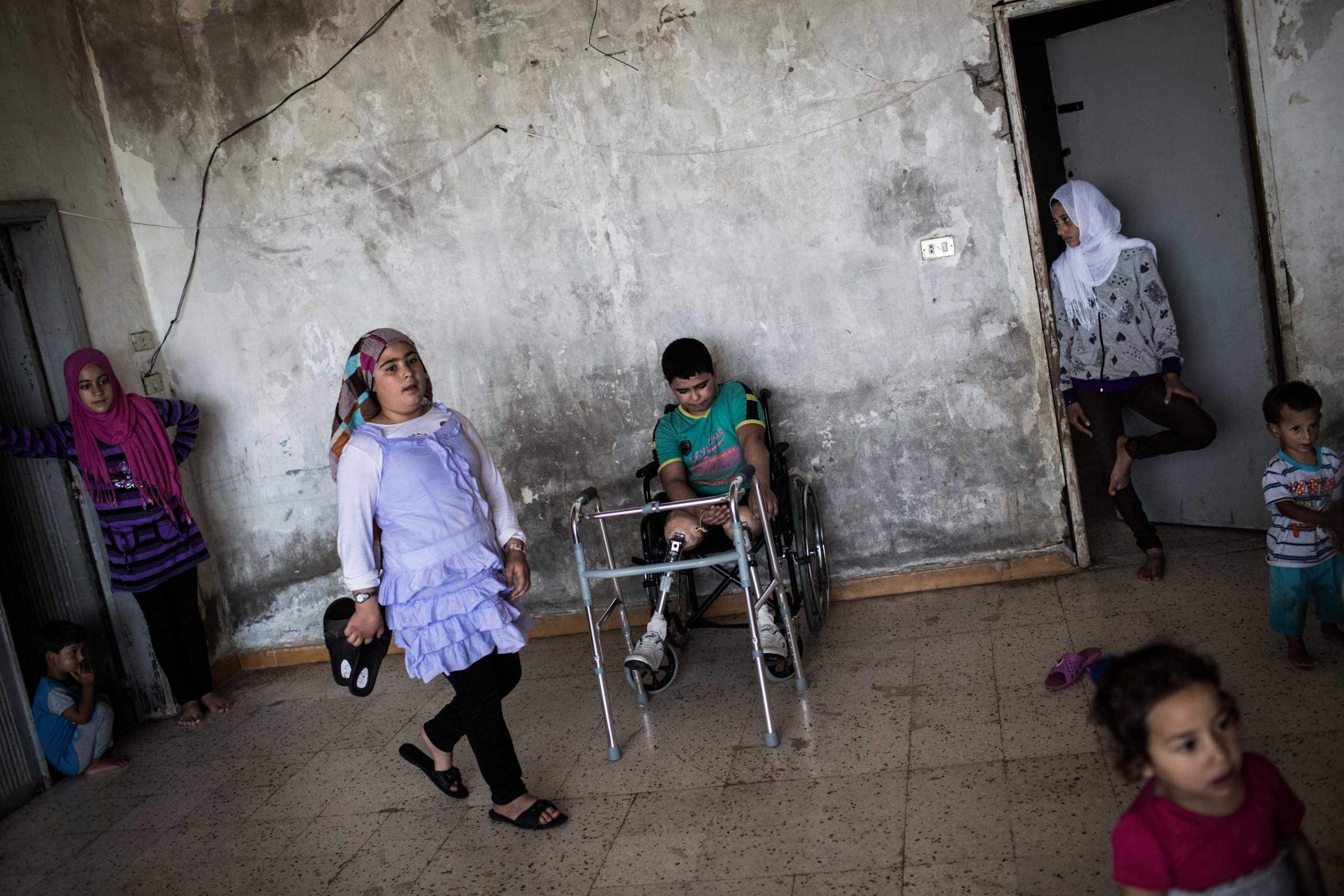

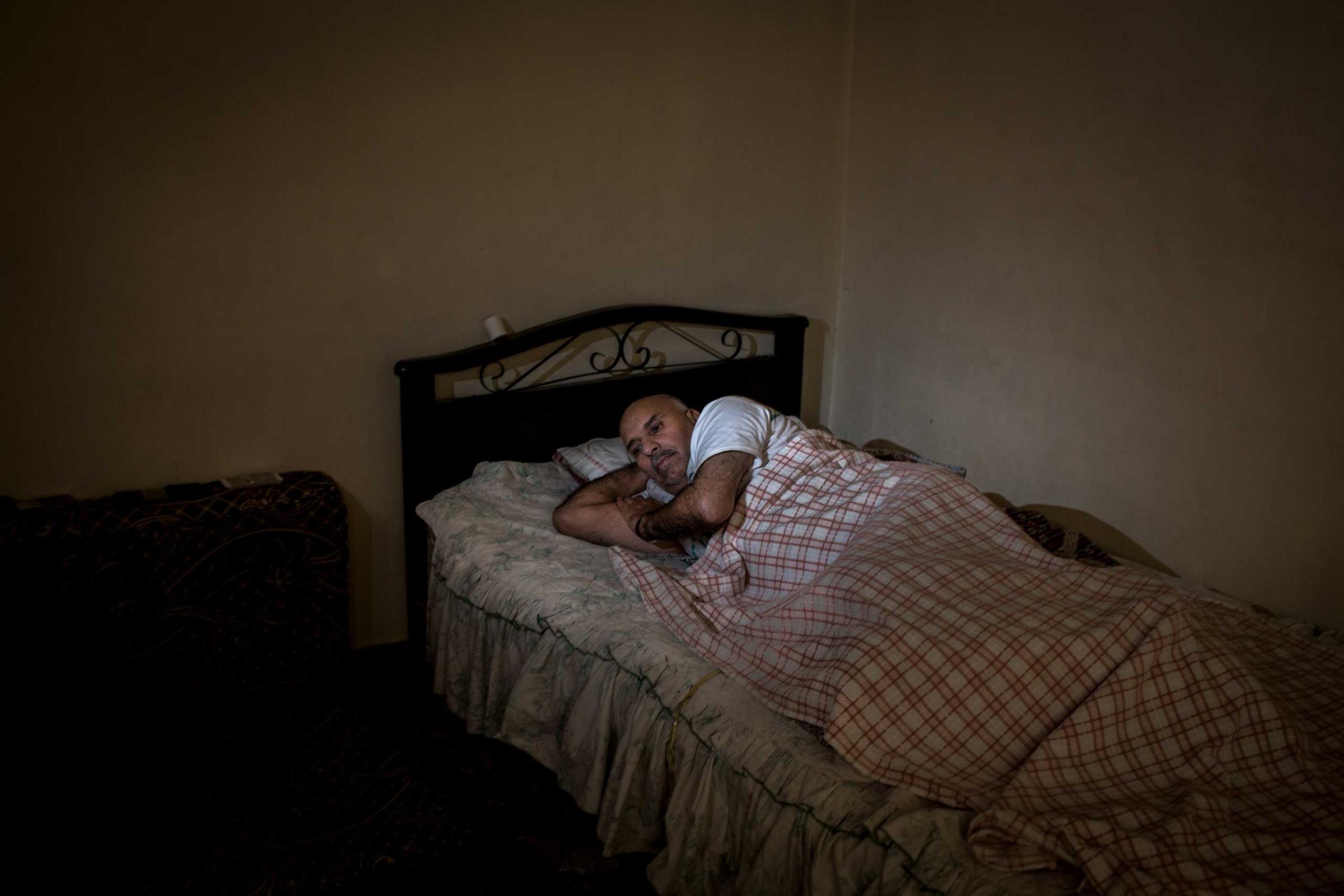
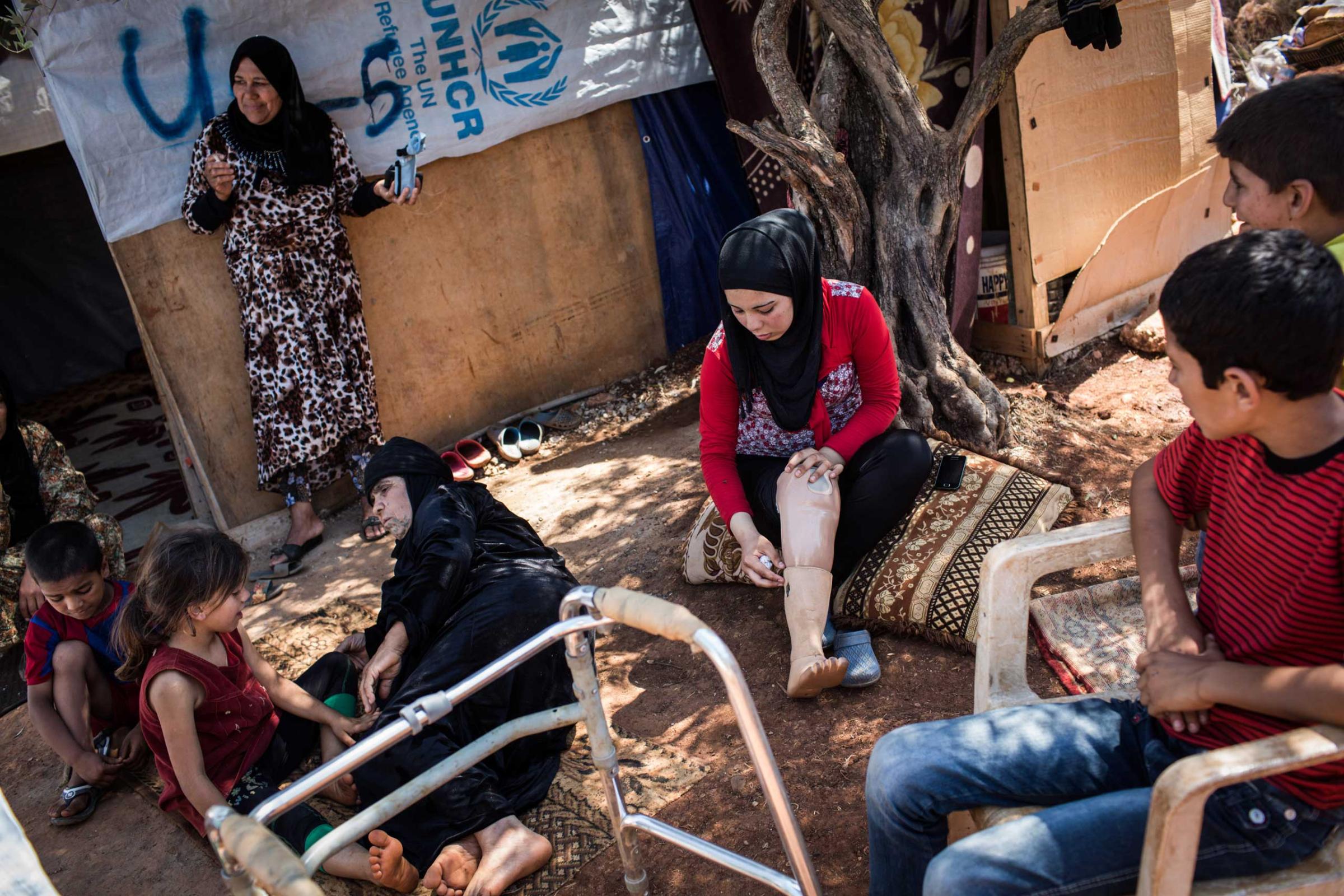
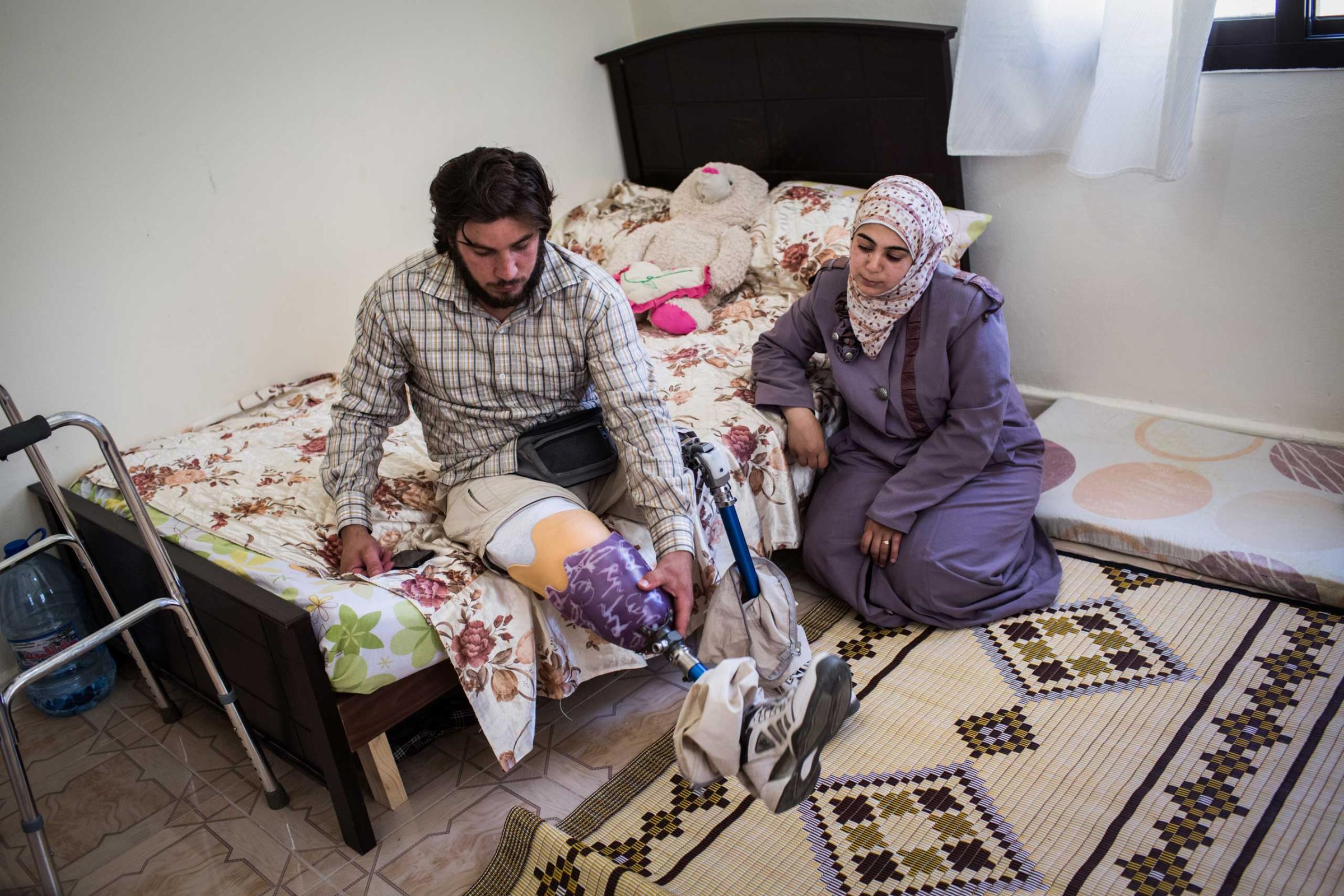
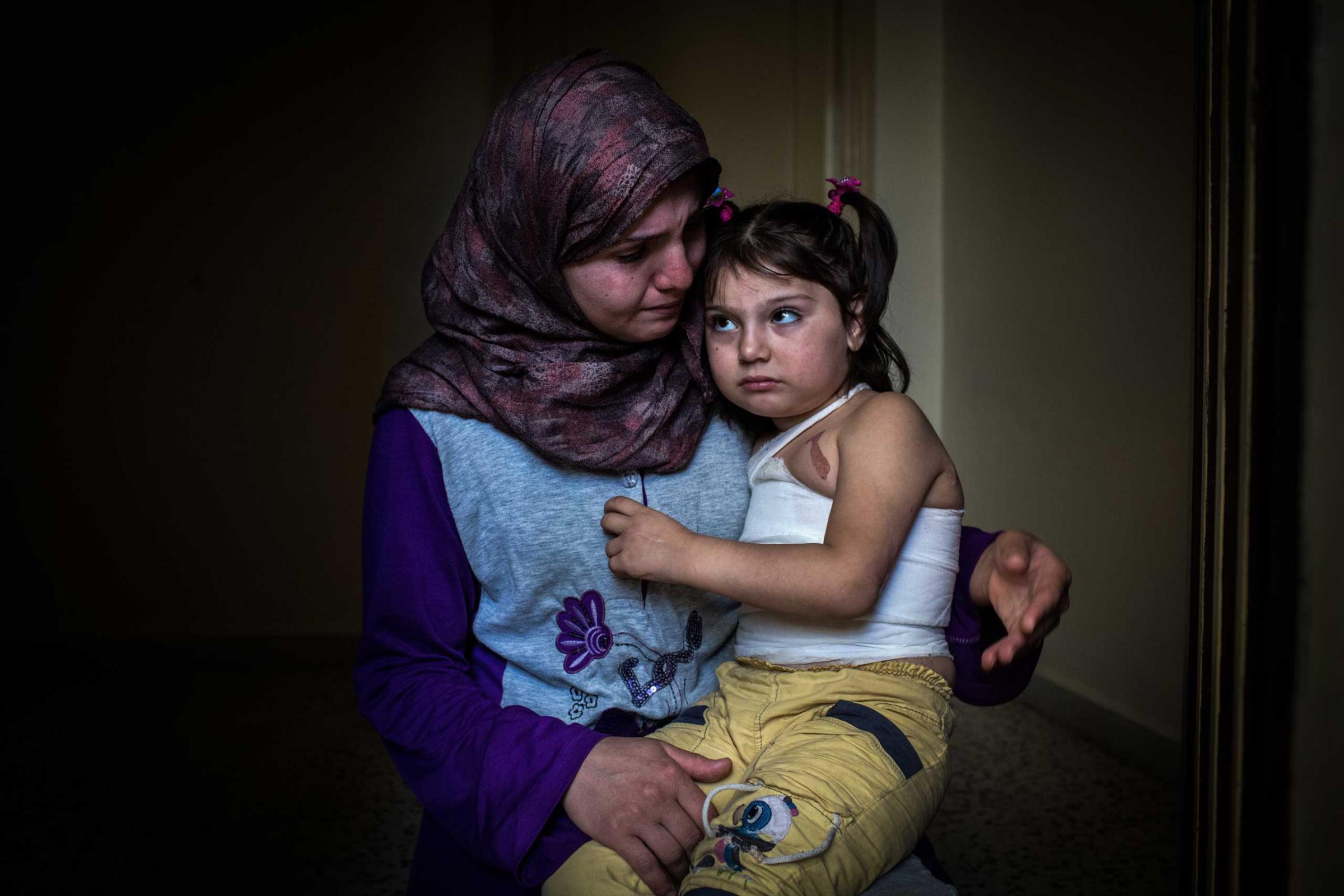
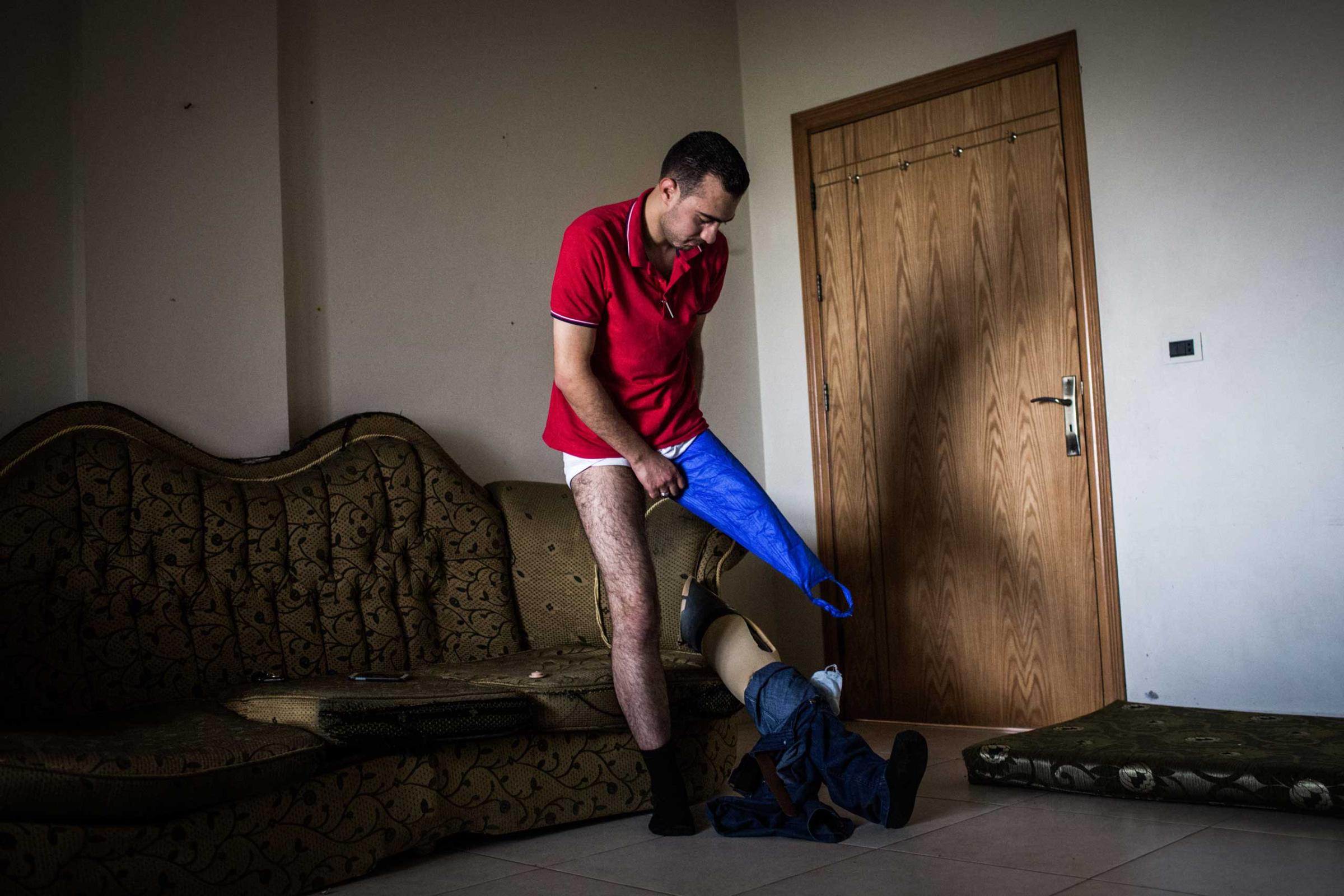
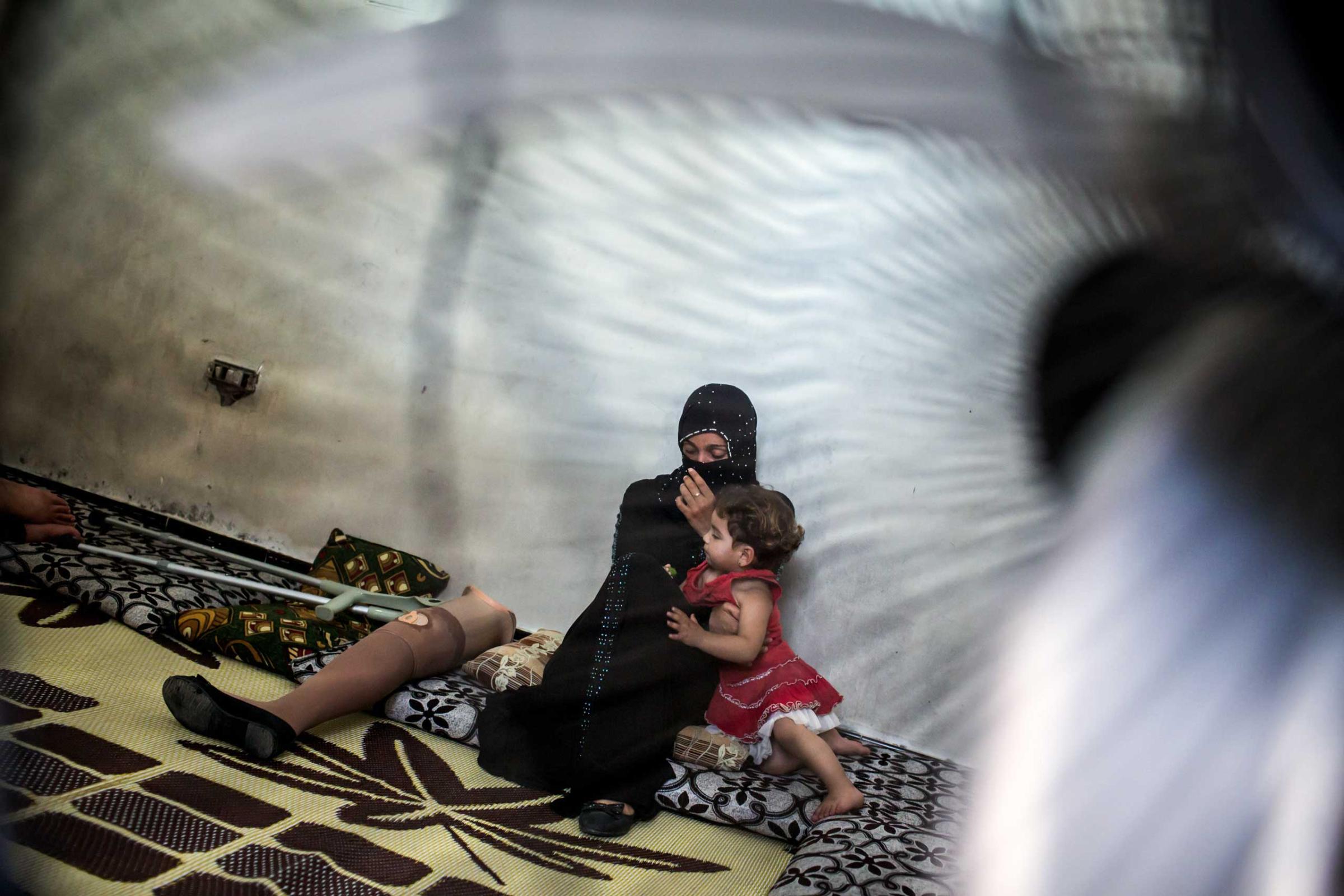
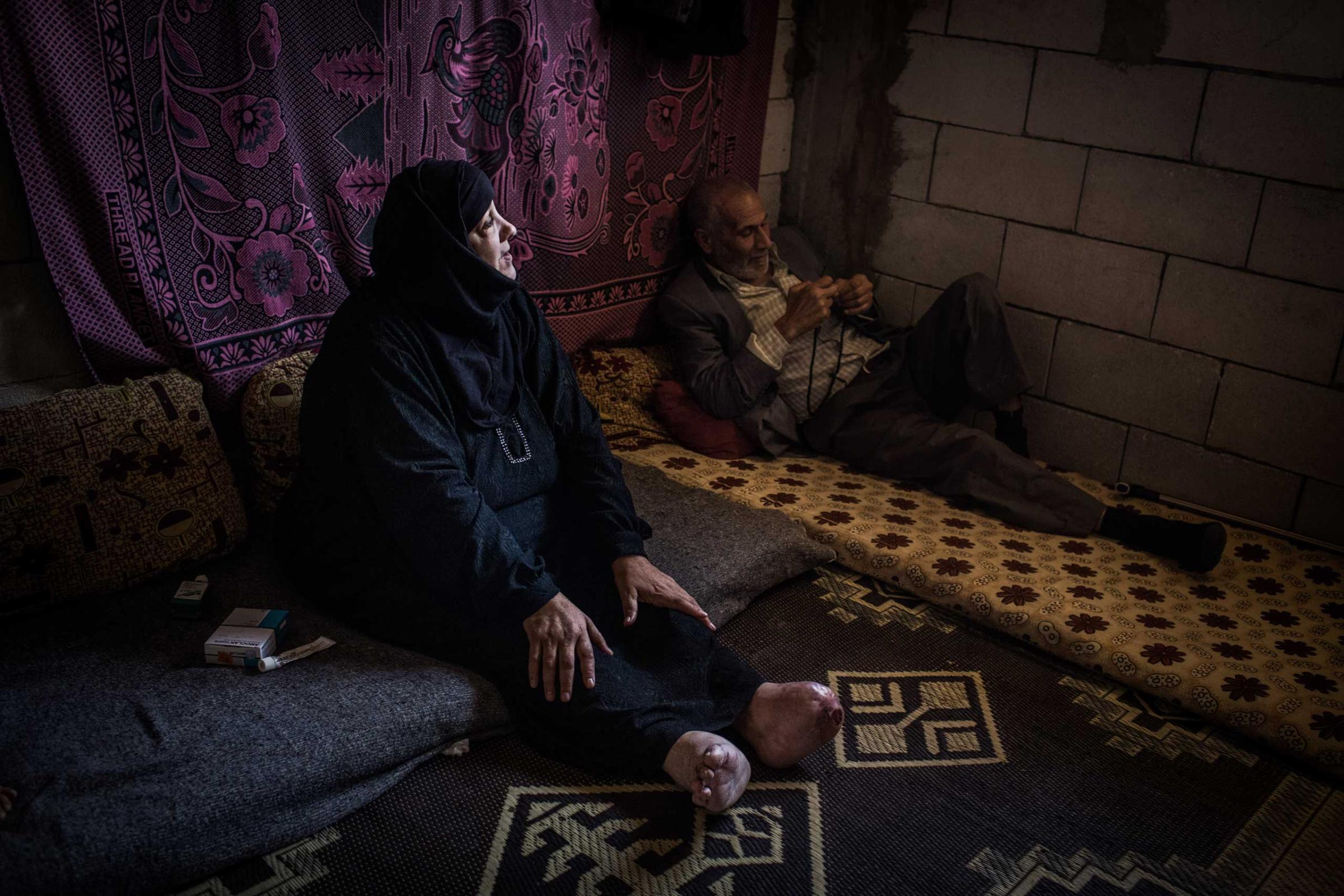
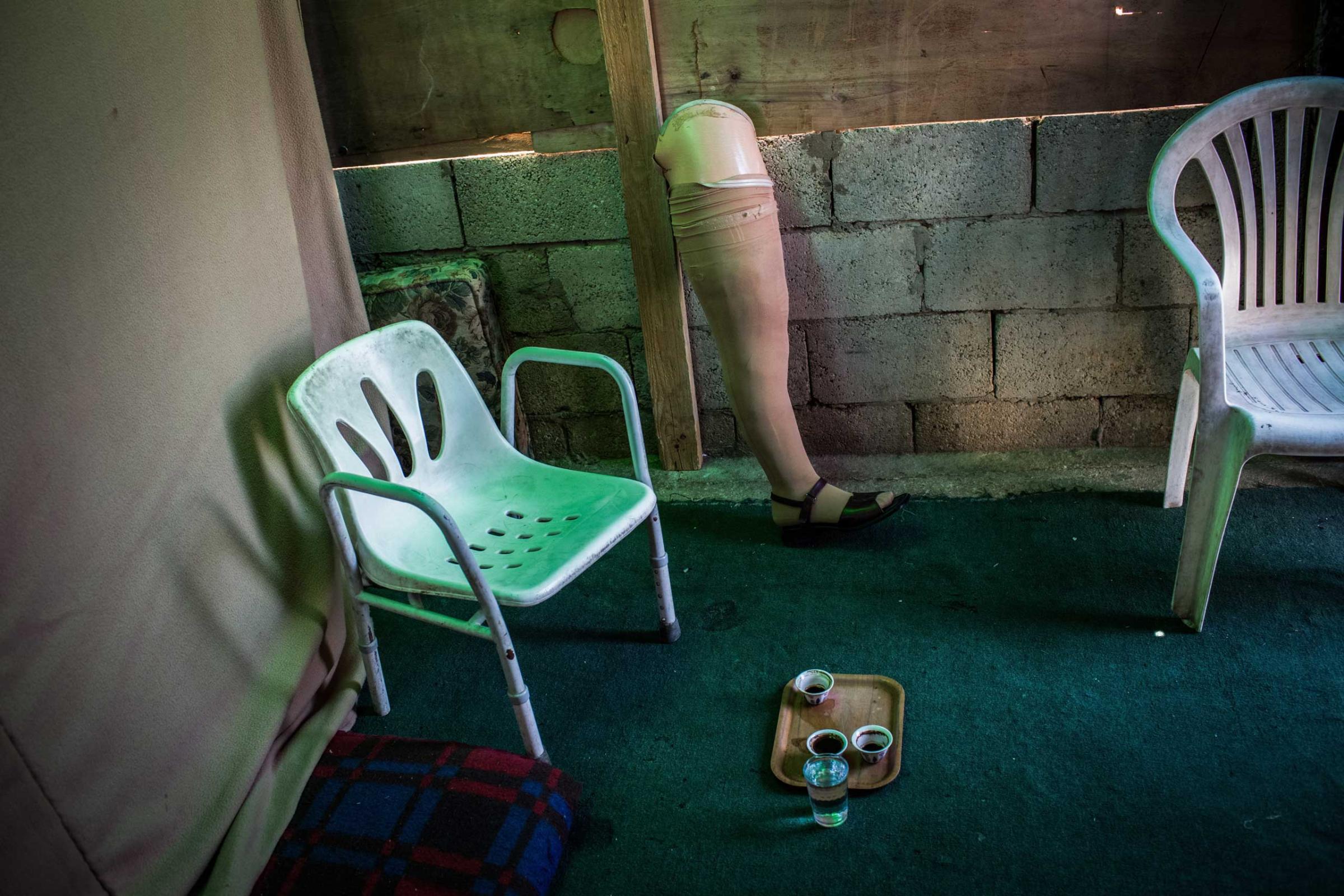
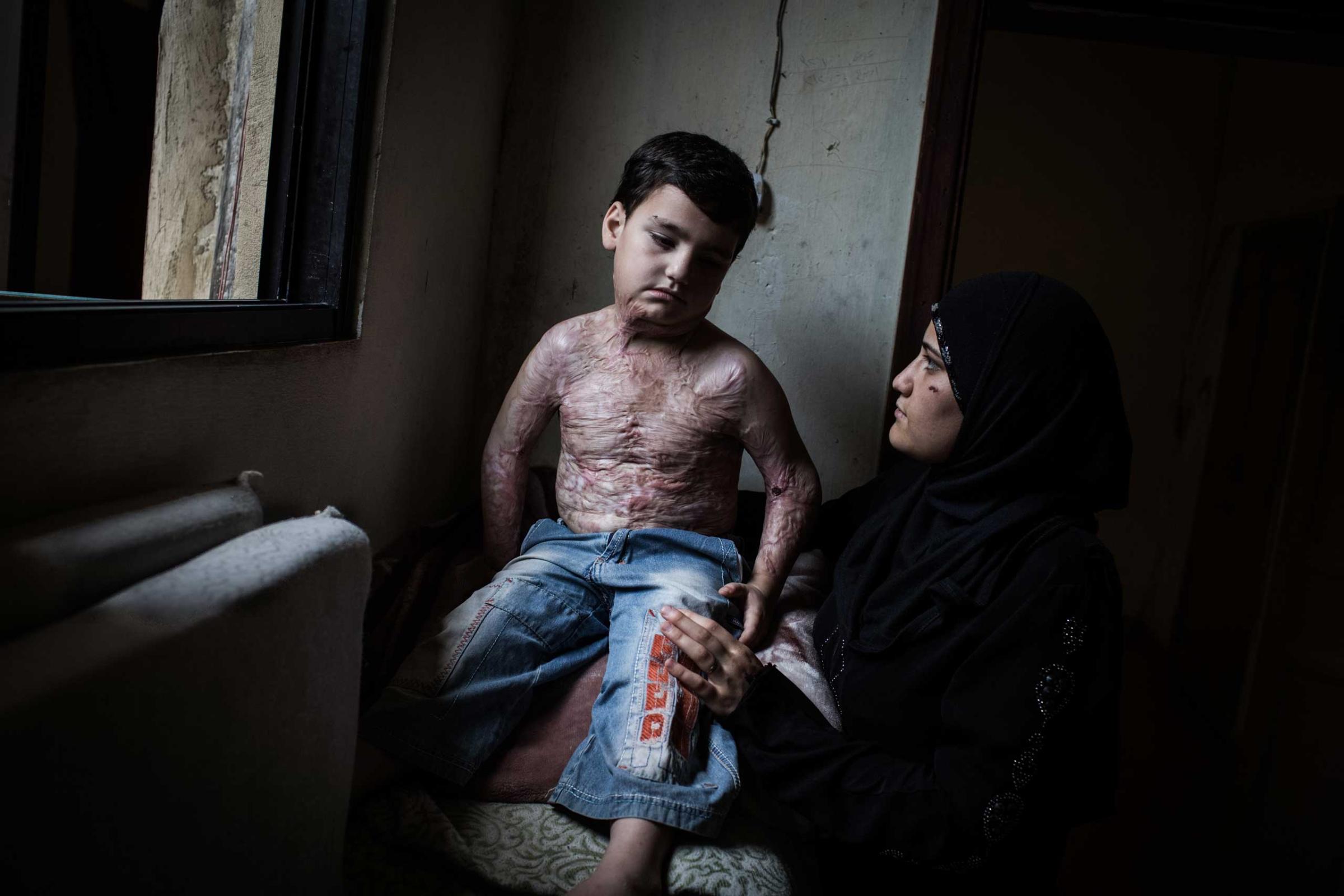
More Must-Reads From TIME
- The 100 Most Influential People of 2024
- Coco Gauff Is Playing for Herself Now
- Scenes From Pro-Palestinian Encampments Across U.S. Universities
- 6 Compliments That Land Every Time
- If You're Dating Right Now , You're Brave: Column
- The AI That Could Heal a Divided Internet
- Fallout Is a Brilliant Model for the Future of Video Game Adaptations
- Want Weekly Recs on What to Watch, Read, and More? Sign Up for Worth Your Time
Contact us at letters@time.com